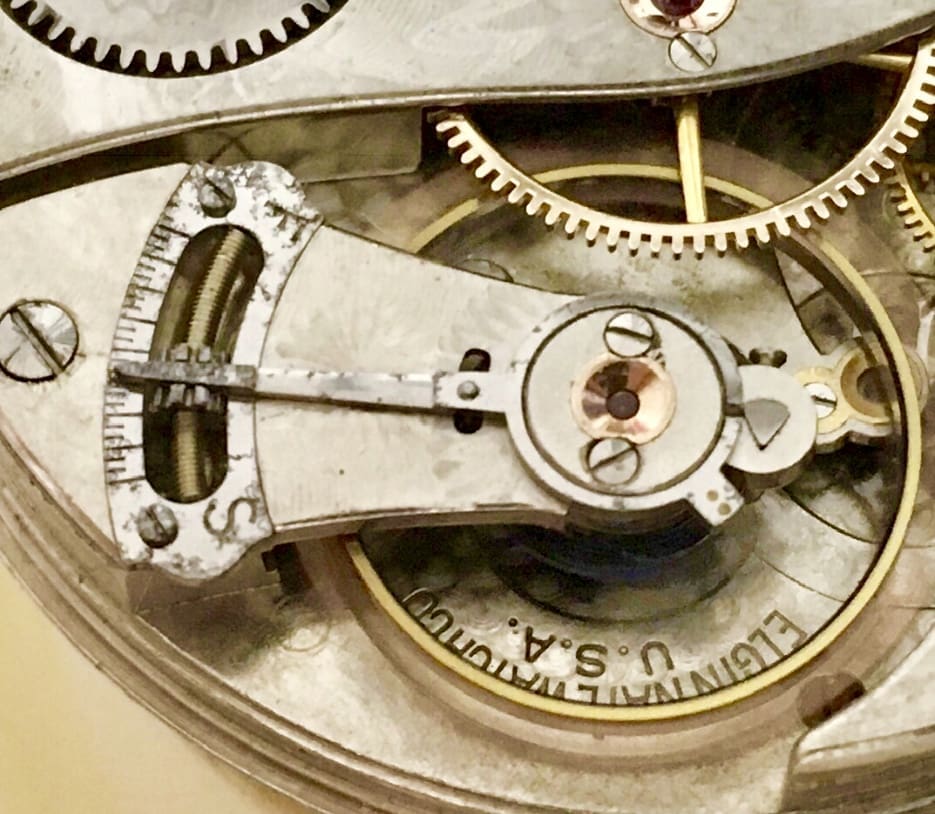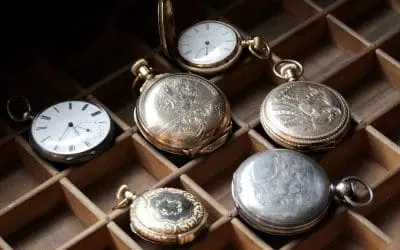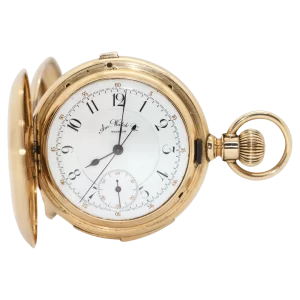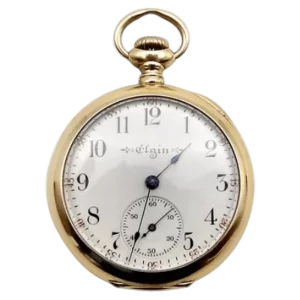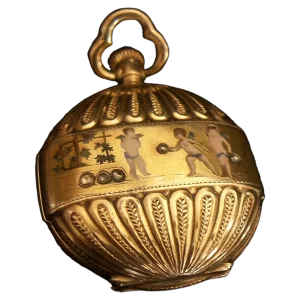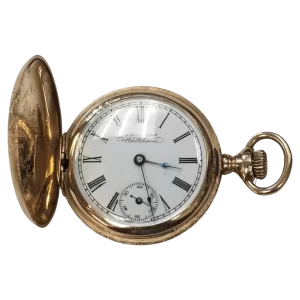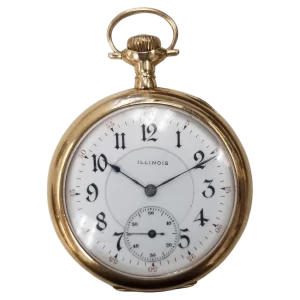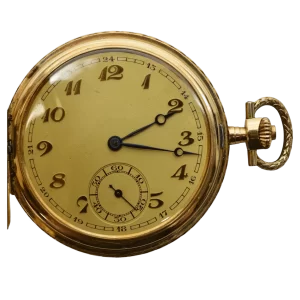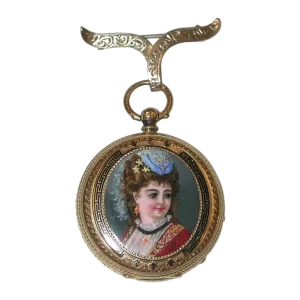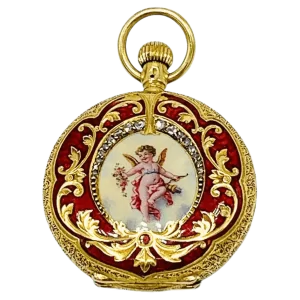In the world of horology, the term “adjusted” on pocket watches signifies a meticulous calibration process designed to ensure timekeeping accuracy across various conditions. This article delves into the specifics of what “adjusted” means, particularly in relation to temperature and positional adjustments. Watches adjusted to temperature maintain consistent time regardless of thermal variations, while those adjusted to position retain accuracy irrespective of their orientation—be it stem up, stem down, stem left, stem right, dial up, or dial down. Notably, most railroad grade watches are fine-tuned to five positions, excluding stem down, as it is an uncommon orientation for pocket watches. Additionally, many timepieces are adjusted to “isochronism,” ensuring they keep accurate time as the mainspring unwinds. While 20th-century watches typically feature adjustments to temperature and isochronism, this is often not explicitly indicated. Occasionally, watches may be marked with “8 adjustments,” indicating a combination of positional and thermal calibrations. Conversely, a watch labeled simply as “adjusted” might only be fine-tuned for temperature and isochronism, or potentially several positions, underscoring the nuanced and varied nature of these horological adjustments.
Many pocket watches state that they are “adjusted” to temperature and to a number of positions. This basically means that they have been specially calibrated to maintain the same accuracy under a variety of conditions. A watch that has been adjusted to temperature will keep the same time regardless of temperature. A watch that has been adjusted to position will keep the same time regardless of how it is held. There are six possible position adjustments: stem up, stem down, stem left, stem right, dial up and dial down. Most railroad grade watches are adjusted to five positions [they didn’t bother with stem down, since few people keep their watches upside down in their pockets]. Most watches that are adjusted are also adjusted to “isochronism,” meaning that they keep the same time as the mainspring winds down.
Almost all watches made in the 20 th century are adjusted to temperature and isochronism, and this is frequently not mentioned on the watch anywhere [although some high grade watches will say something like “adjusted to temperature and 5 positions”]. Occasionally, you will see a watch marked “8 adjustments,” but this simply means that the watch either is adjusted to five positions, as well as to heat, cold and isochronism, or it is adjusted to six positions, temperature (another way of saying heat and cold) and isochronism. A watch that is simply marked “adjusted” may be adjusted to several positions, but could also simply be adjusted to temperature and isochronism.

